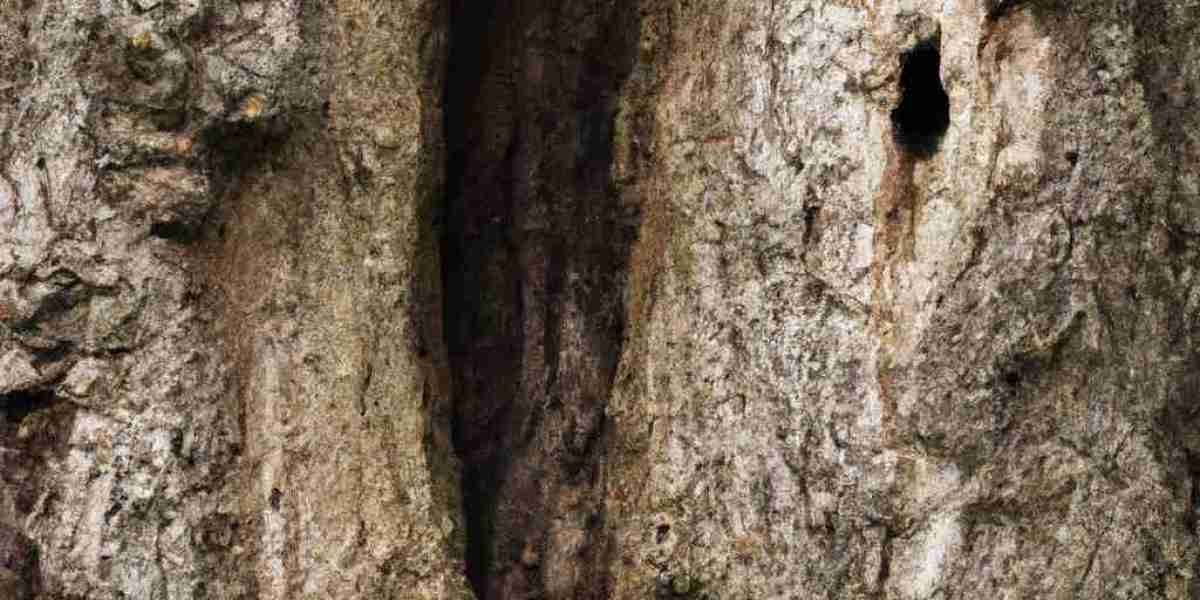How Trees Are Connected to Each Other
When we think of trees, we often envision them as solitary entities, standing tall and reaching towards the sky. However, beneath the surface, there is a complex network of connections that link trees together in remarkable ways. Recent scientific research has shed light on the interconnectedness of trees, revealing a world of communication, mutual support, and cooperation that occurs among these silent giants.
At the heart of the intricate web of tree connections lies the amazing phenomenon known as the "wood wide web." Through a network of thread-like fungal strands called mycelium, trees in a forest can communicate and share resources with one another. These fungal networks create a symbiotic relationship between trees and the fungi, resulting in a collaboration that benefits the entire community of trees.
One of the most remarkable aspects of this interconnected system is that it allows trees to communicate and support each other. When a tree is under attack by insects or pathogens, it can release chemical signals into the air or through its roots to alert nearby trees of the impending danger. In response, neighboring trees can increase their production of defensive chemicals, improving their chances of survival.
Additionally, trees can share vital nutrients and resources with each other through the wood wide web. When a tree is deprived of sunlight due to its position in the forest, it can transfer excess sugars and other carbohydrates to shaded trees that are in need. This sharing of resources helps to maintain the overall health and vitality of the forest ecosystem.
Furthermore, the interconnectedness of trees goes beyond mere communication and resource sharing. In the forest, older, more established trees often act as "mother trees" or "hub trees" that provide support and nutrients to younger saplings. This nurturing behavior greatly enhances the survival rates of the younger trees, ensuring the continued growth and regeneration of the forest.
Studies have also shown that trees can form alliances with different species, not just those within their own species. This inter-species collaboration allows for a more diverse and resilient forest ecosystem. For example, some trees have been found to partner with nitrogen-fixing bacteria, which enrich the soil with this essential nutrient. In return, the bacteria receive carbohydrates from the tree, creating a mutually beneficial relationship.
Understanding the intricate connections among trees not only enhances our appreciation for the natural world but also highlights the importance of preserving and protecting forests. Human activities, such as deforestation and urbanization, disrupt these networks and can have devastating effects on tree communities. Recognizing the symbiotic relationships that exist among trees can inspire us to adopt more sustainable practices and work towards restoring and conserving our precious forests.
In conclusion, the interconnectedness of trees is a fascinating and essential aspect of our natural environment. Through the wood wide web and other mechanisms, trees communicate, support one another, and form intricate collaborations, promoting the well-being of the entire forest community. By understanding and respecting these connections, we can contribute to the preservation of our forests and create a more harmonious coexistence with the wondrous world of trees.







